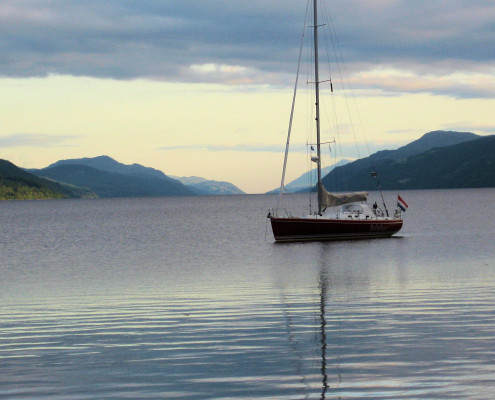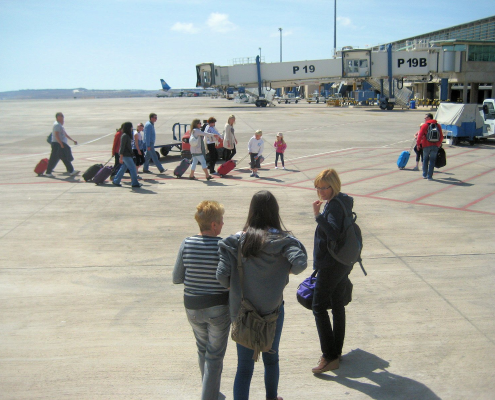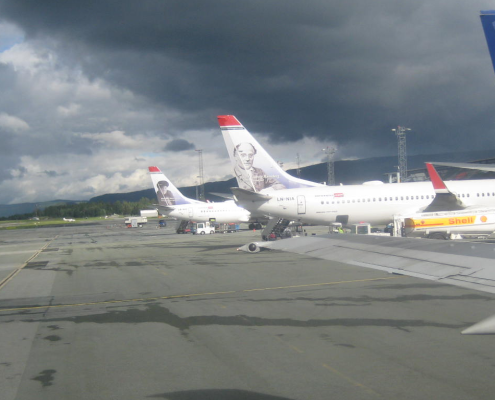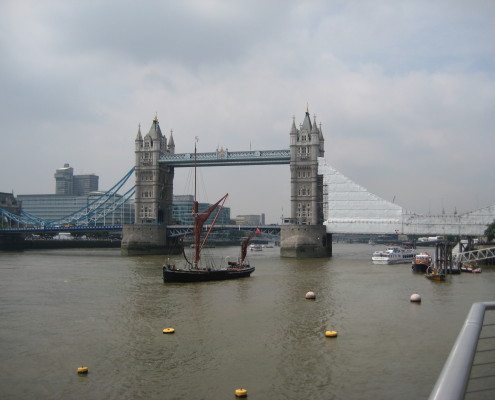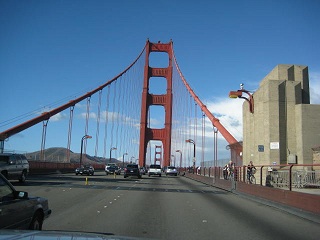Aviation and tourism are inextricably linked.
In 2012, one billion international tourists travelled the world, generating over US$1.3 trillion dollars in export earnings. Over half these tourists arrived at their destination by air, with much higher proportions delivered in long-haul destinations.
The importance of Travel & Tourism as a tool for economic development and job creation is now very clear to all involved in economic development and tourism promotion. Global Travel & Tourism contribution to direct GDP in 2013 is forecast to grow by 3.1% and is again forecast to outpace growth of the total global economy (2.4%) in 2013. Longer-term prospects are even more positive with annual growth forecast to be 4.4% per year over the ten years to 2022 The World Travel & Tourism Council (WTTC)[i].
An astounding 1 in 11 of the world’s total jobs are involved in travel and tourism. In Europe the direct contribution of Travel & Tourism to GDP in 2012 was USD612.9bn (2.9% of GDP). This is forecast to rise by 1.0% to USD618.8bn in 2013. This primarily reflects the economic activity generated by industries such as hotels, travel agents, airlines and other passenger transportation services (excluding commuter services). It also includes, for example, the activities of the restaurant and leisure industries directly supported by tourists. Travel & Tourism generated 10,968,000 jobs directly in 2012 (2.8% of total European employment) and this is forecast to grow by 1.2% in 2013 to 11,098,000 (2.9% of total employment). Individual European countries mirror these trends.
In Estonia it is estimated that Tourism and air transport services in 2008 represented 7.4% of total tourists’ spending and 7.6% of foreign visitors’ spending, and tourist passengers represented 93.4% of total passengers arriving at Tallinn airport with their share in total tourists’ spending being at least 9.2% [ii]. 14% of the Scottish workforce is engaged in tourism representing 100,000 FTE jobs and serving 50 million visitors. The industry contributes USD4800 per head of population for Scotland. 85% of visitors are from the UK and 15% are international, but the international visitors represent 35% of the revenue[iii].
In the Republic of Ireland 75% of overseas tourists arrive by air and 25% by ferry, whilst 60% of overseas Northern Irish visitors come by air and the balance of 40% by ferry[iv]. At a regional level a 2008 report on the Salzburg region estimated that air delivered tourists daily summer spend amounted to almost twice that of the traditionally land delivered tourist [v]. A UK Regional airport survey found that 25% of passengers would not have visited the region without an air service[vi].
An Estonian study found that 78% of conference delegates fly to Estonia (14% by ferry) averaging a stay of 4.3 and spending 50% more than the standard tourist[vii]. As the WTO note “in spite of these obvious linkages, separate sectoral policies on air transport and tourism result in a fundamental, and too often even conflicting, disconnect in many countries which constitutes a severe constraint on the development of travel and tourism as well as of aviation and thus of the respective economic benefits.” There is a pressing need to position travel and tourism collectively as a strategic sector and speak with one voice at national and international level.
It has been noted that the 2013 UNWTO/WTM Ministers’ Summit in London in November 2013 addressed the following issues:
- Bringing air transport and tourism policies closer together – what does it take?
- Opportunities and challenges facing air transport development – infrastructure, taxes and levies, visa facilitation and regulation.
- Success factors and remaining obstacles
“It is clear that in spite of the interdependent relationship between aviation and tourism, greater efforts must be exerted by both sectors to achieve an integrated policy position to ensure a more sustainable and competitive growth,” said UNWTO Secretary-General Taleb Rifai.
Speakers highlighted technology, public-public partnerships across government, regional cooperation and investment in soft infrastructure – technology and human resources – as keys to bridge the gap between tourism and air transport policies and promote travel facilitation.
Taxation and a regulatory framework still limited in most cases by reciprocity in air transport agreements were pointed as two of the main barriers to the sustained growth of tourism and air transport. The impact of increasingly high taxes on air transport was identified as a particular impediment to the development of destinations with a significant tourism sector and which are highly depended on air lift such as the Caribbean.
Northpoint has been undertaking some very interesting work connected with exploring optimising the interface between tourism promotion and aviation (airports, air operators and tour operators), and sees the potential to further develop expertise in this very interesting borderland.
————————————
[i] The World Travel & Tourism Council (WTTC)
[ii] Maris Lauri OÜ Oeconomia
[iii] VisitScotland
[iv] Tourism Ireland
[v] Leo Bauernberger: Der Faktor Flughafen, Auswirkungen auf den Tourismus im Salzburger Land, March 2008
[vi] Northpoint Aviation
[vii] Estonian Convention Bureau

